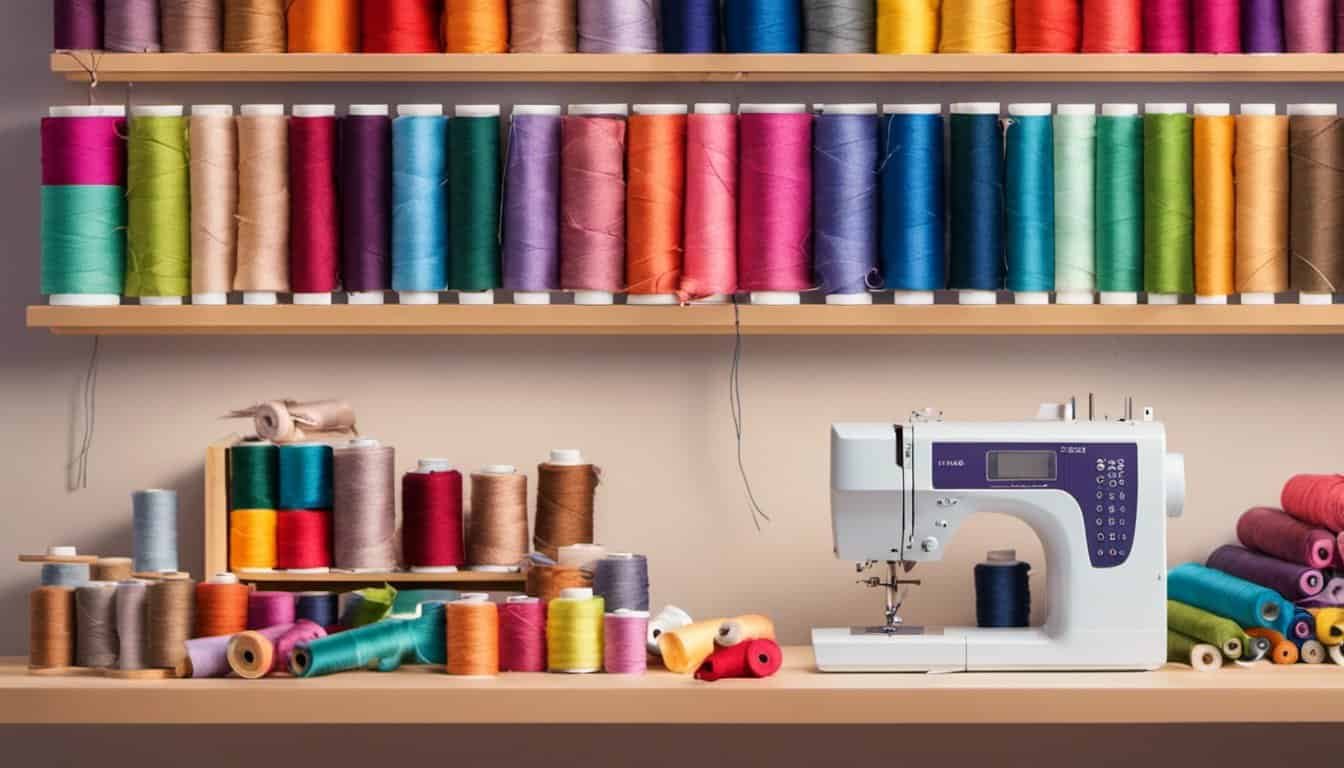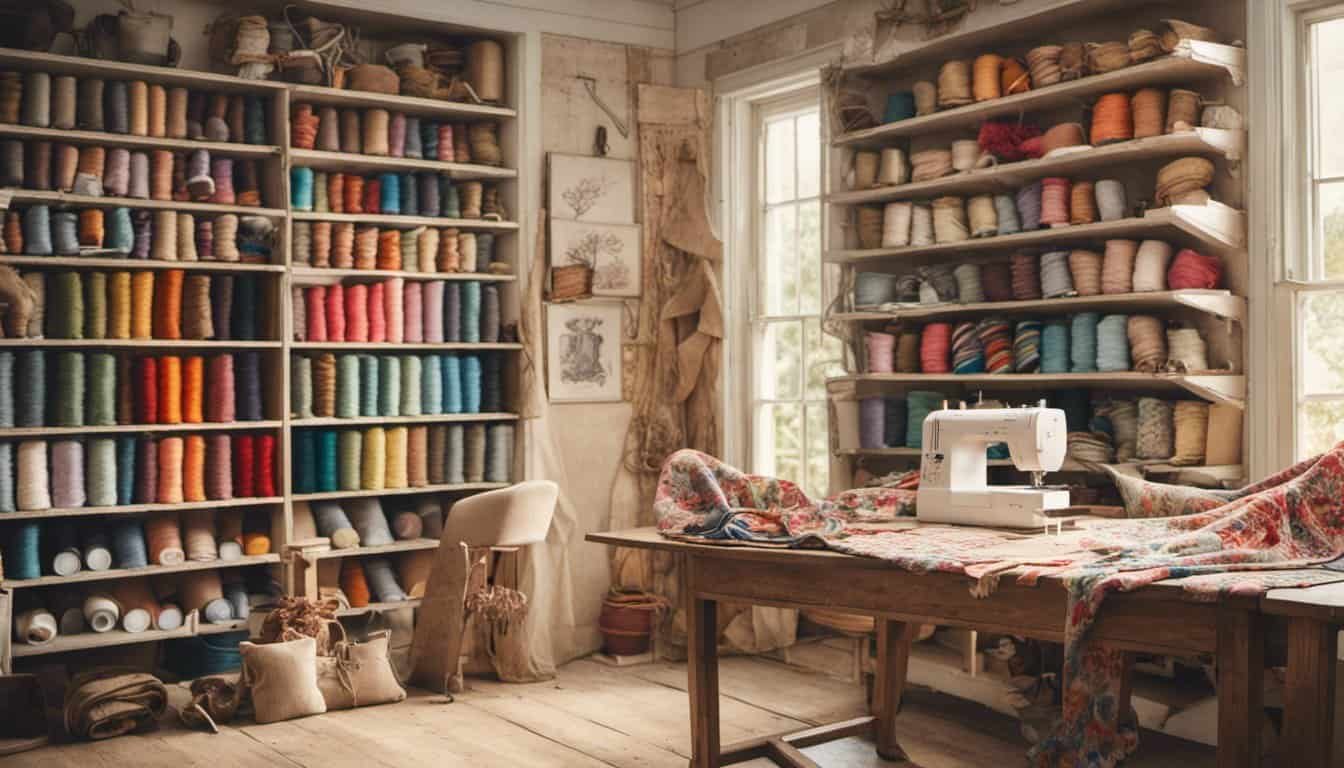When starting a sewing project, getting the right measurements is crucial for a perfect fit. I remember the frustration of a garment that just didn’t sit right because I skipped this essential step. Measuring yourself accurately can make all the difference between a successful creation and a wardrobe miss.
Importance of Accurate Measurements
Accurate measurements ensure garments fit correctly, enhancing comfort and appearance. Incorrect sizing can lead to wasted materials and time.
Prevents Fabric Waste
Proper measurements reduce fabric mistakes, conserving resources and saving costs.
Enhances Fit and Comfort
Well-measured garments move naturally with the body, providing comfort and a polished look.
Ensures Consistency
Consistent measurements allow for uniform sizing across multiple projects, maintaining quality standards.
Facilitates Pattern Adaptation
Accurate data make it easier to adjust patterns, ensuring designs meet specific body dimensions.
Improves Project Efficiency
Clear measurements streamline the sewing process, minimizing errors and accelerating completion times.
Reduces Alterations
Precise sizing decreases the need for post-construction adjustments, ensuring the final product meets expectations.
| Measurement Aspect | Importance |
|---|---|
| Waist | Determines garment waistline and fit |
| Bust | Ensures proper support and garment shape |
| Hips | Provides accurate sizing for lower garments |
| Inseam | Guarantees correct pant length and fit |
| Sleeve Length | Ensures sleeves are neither too tight nor loose |
Maintaining accurate measurements throughout the sewing process leads to high-quality, customized garments that meet individual needs.
Essential Tools for Measuring
When I embark on a sewing project, having the right tools ensures accuracy and ease. Here’s what I always keep on hand:
- Flexible Measuring Tape
A soft, retractable tape is crucial for taking body measurements. It wraps around curves and tight spots, providing precise measurements for areas like the waist, bust, and hips.
- Clear Ruler or Yardstick
For flat measurements and checking fabric lengths, a clear ruler allows me to see the markings clearly, ensuring exactness without any guesswork.
- Notepad and Pencil
Recording measurements immediately prevents errors. I jot down each number as I go, keeping everything organized and easily accessible for reference.
- French Curve Ruler
This tool helps in creating smooth, curved lines on patterns. It’s especially useful for designing armholes, necklines, and other curved sections of a garment.

- Tailor’s Chalk or Fabric Marker
Marking measurements directly on the fabric is essential for precise cutting and sewing. Chalk and fabric markers leave temporary lines that wash out or fade after completing the project.
- Seam Gauge
For measuring hems, pockets, and other small sections, a seam gauge offers accurate, adjustable measurements. It ensures consistency across all parts of the garment.
- Level Surface
Measuring on a flat, stable surface prevents distortions. I always use a large table or floor space to ensure my measurements are true and reliable.
Having these tools makes the measuring process straightforward and sets the foundation for a successful sewing project.
Step-by-Step Measuring Process
Accurate measurements ensure your sewing projects fit perfectly. Follow these steps to measure yourself correctly.
Measuring Your Bust
- Position the Tape: Wrap a flexible measuring tape around the fullest part of your bust.
- Maintain Posture: Stand straight with your arms relaxed at your sides for an accurate measurement.
- Record the Measurement: Ensure the tape is level and not too tight or loose before noting the number.
Measuring Your Waist
- Find Your Natural Waist: Locate the narrowest part of your torso, typically above the belly button.
- Wrap the Tape: Secure the measuring tape around your waist without compressing the skin.
- Check the Fit: Make sure the tape is parallel to the floor and comfortably snug before recording.
Measuring Your Hips
- Identify the Widest Point: Measure around the fullest part of your hips and buttocks.
- Align the Tape: Ensure the measuring tape is parallel to the ground and evenly placed.
- Take the Measurement: Keep the tape firm but not tight, then write down the measurement accurately.
Common Measurement Mistakes
« Unlock the Secret to Perfect Decor: How to Sew a Corded Seam Like a Pro
How to Choose a Sewing Machine for Quilting Beginners: 7 Essential Tips »
Avoiding measurement errors enhances sewing project outcomes. I identify several frequent mistakes that can disrupt fit and fabric usage.
- Using Inflexible Tools
Rigid rulers replace flexible tapes, leading to inaccurate body contours.
- Incorrect Tape Alignment
Aligning the tape at an angle distorts measurements, affecting garment symmetry.
- Measuring Over Layers
Including clothing layers adds 1–2 inches, altering the intended fit.
- Neglecting Posture
Standing unevenly or slouching causes inconsistent measurements, impacting garment structure.

- Inadequate Recording
Writing measurements incorrectly results in pattern mismatches and increased alterations.
- Ignoring Fabric Behavior
Overlooking how fabric stretches or breathes leads to size discrepancies in the final product.
- Forgetting to Re-measure
Failing to double-check measurements increases the risk of errors during pattern making.
- Misplacing Measurement Points
Measuring the wrong body area creates garments that do not align with the desired fit.
By recognizing and addressing these common mistakes, I ensure accurate measurements that contribute to successful sewing projects.

Adapting Measurements for Different Sewing Projects
Adapting measurements ensures each project fits its specific requirements. Different sewing projects require unique measurement approaches to achieve optimal results.
Garments
Precise measurements are crucial for creating well-fitted clothing. Key areas include:
- Bust, waist, hips: Measure accurately to tailor garments to body shape.
- Inseam, sleeve length: Determine the appropriate length for comfort and style.
- Shoulder width, neck circumference: Ensure proper garment structure and fit.
Accessories
Measurements for accessories focus on functionality and aesthetics. Important measurements include:
- Circumference, length: Measure items like hats, scarves, and belts for the right fit.
- Width, depth: Ensure bags and wallets accommodate necessary contents.
- Strap length, closure dimensions: Guarantee comfort and security in wearable items.
Home Decor
Home decor projects require measurements that complement the intended space. Essential measurements involve:
- Dimensions, symmetry: Measure curtains, pillows, and upholstery to match room proportions.
- Fabric yardage, pattern alignment: Calculate fabric needs and ensure patterns enhance visual appeal.
- Functional fits: Ensure items like tablecloths and cushions fit designated furniture accurately.
Quilting
Quilting demands precise measurements for pattern consistency and fabric arrangement. Key aspects include:

- Block sizes, seam allowances: Maintain uniformity across quilt blocks.
- Overall quilt dimensions: Ensure the final quilt meets size specifications.
- Fabric placement, pattern repeat: Align designs seamlessly for a cohesive look.
Children’s Clothing
Children’s clothing measurements account for growth and movement. Critical measurements include:
- Adjustable features, ease of movement: Incorporate flexibility in waistbands and cuffs.
- Growth allowances: Add extra inches to accommodate growth spurts.
- Age-specific proportions: Tailor garments to typical body shapes for different age groups.
Costume Design
Costume design requires measurements that support creativity and functionality. Important measurements consist of:
- Detailed body dimensions: Capture unique body shapes for custom costumes.
- Layering allowances: Ensure comfort when layering different costume elements.
- Mobility considerations: Design costumes that allow ease of movement for performances.
Sportswear
Sportswear measurements prioritize performance and comfort. Essential measurements include:
- Stretch and flexibility: Incorporate measurements that allow for a full range of motion.
- Breathability areas: Measure placements for ventilation features.
- Fit consistency: Ensure tight-fitting garments do not restrict movement.
Footwear
Footwear projects require precise foot measurements for comfort and fit. Key measurements include:
- Length, width: Capture accurate foot dimensions for properly fitting shoes.
- Arch height, toe box size: Design shoes that accommodate different foot shapes.
- Heel height, sole thickness: Ensure stability and comfort in finished footwear.
| Project Type | Key Measurements |
|---|---|
| Garments | Bust, waist, hips, inseam, sleeve length |
| Accessories | Circumference, length, width, depth |
| Home Decor | Dimensions, fabric yardage, pattern alignment |
| Quilting | Block sizes, seam allowances, overall dimensions |
| Children’s Clothing | Adjustable features, growth allowances |
| Costume Design | Detailed body dimensions, mobility considerations |
| Sportswear | Stretch areas, breathability placements |
| Footwear | Length, width, arch height, heel height |
Adapting measurements according to project type enhances the functionality and appearance of each sewing endeavor. Accurate measurements tailored to specific projects lead to successful and satisfying sewing outcomes.

Conclusion
Getting your measurements right truly makes all the difference in sewing. It turns frustration into joy and ensures every project fits just right. I’ve found that taking the time to measure carefully not only saves fabric but also boosts my confidence with each finished piece.
With the right tools and a bit of practice, measuring becomes second nature. It opens up a world of possibilities where your creations look professional and feel comfortable. Embracing this step has transformed my sewing experience and I hope it does the same for you.
Happy sewing!

















